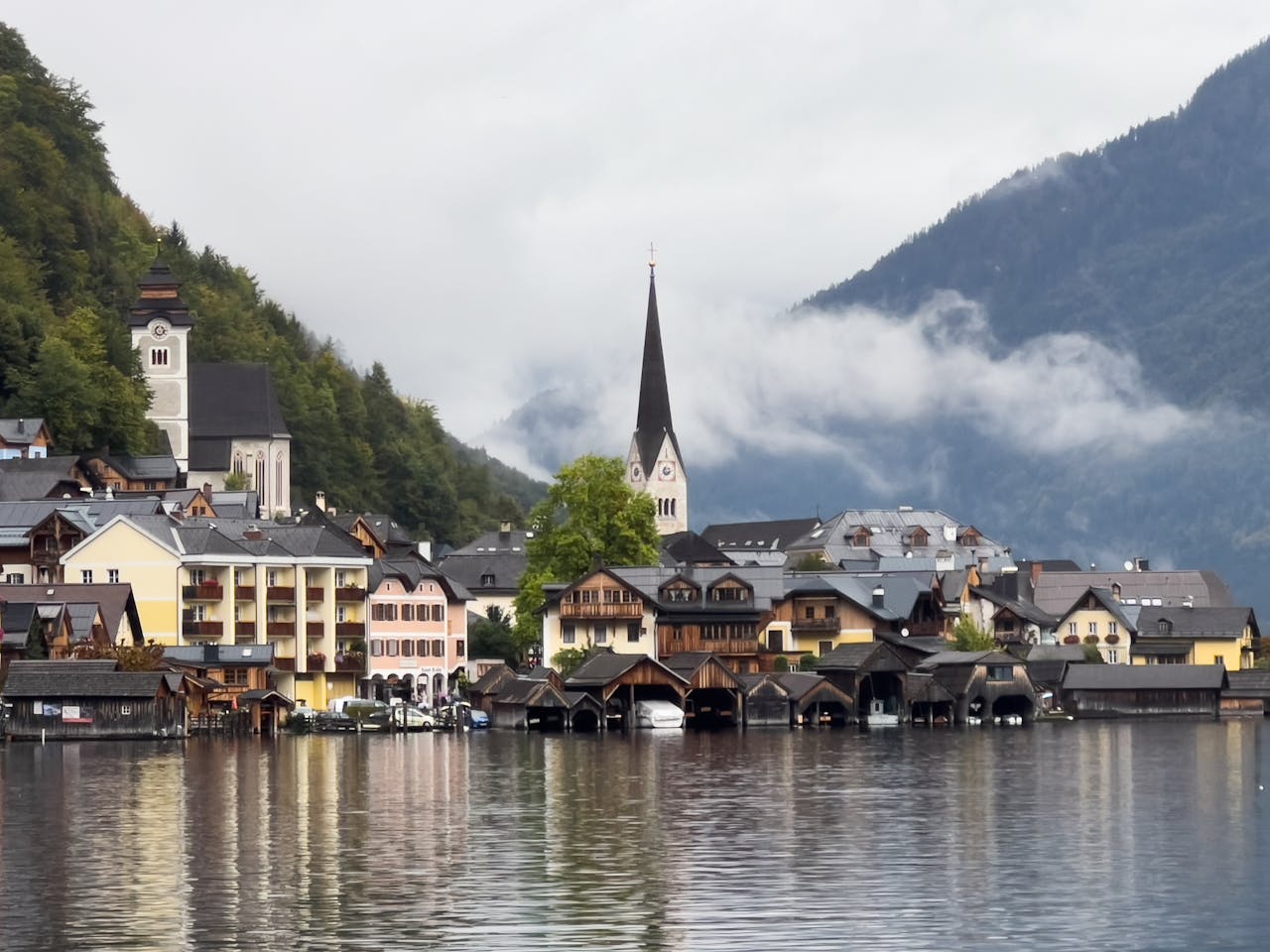Crowd caps, seasonal closures, and rising entry fees are reshaping famous places from Europe to the Pacific. Policies are tightening to protect housing, heritage, and fragile habitats as visitor numbers rebound and social media pushes hotspots to their limits. Visits still happen, but timing, paperwork, and route planning now decide the quality of the experience. Here is a clear guide to beloved destinations where rules are shifting fast, why those changes matter, and how a smarter approach keeps the magic intact.
Venice, Italy
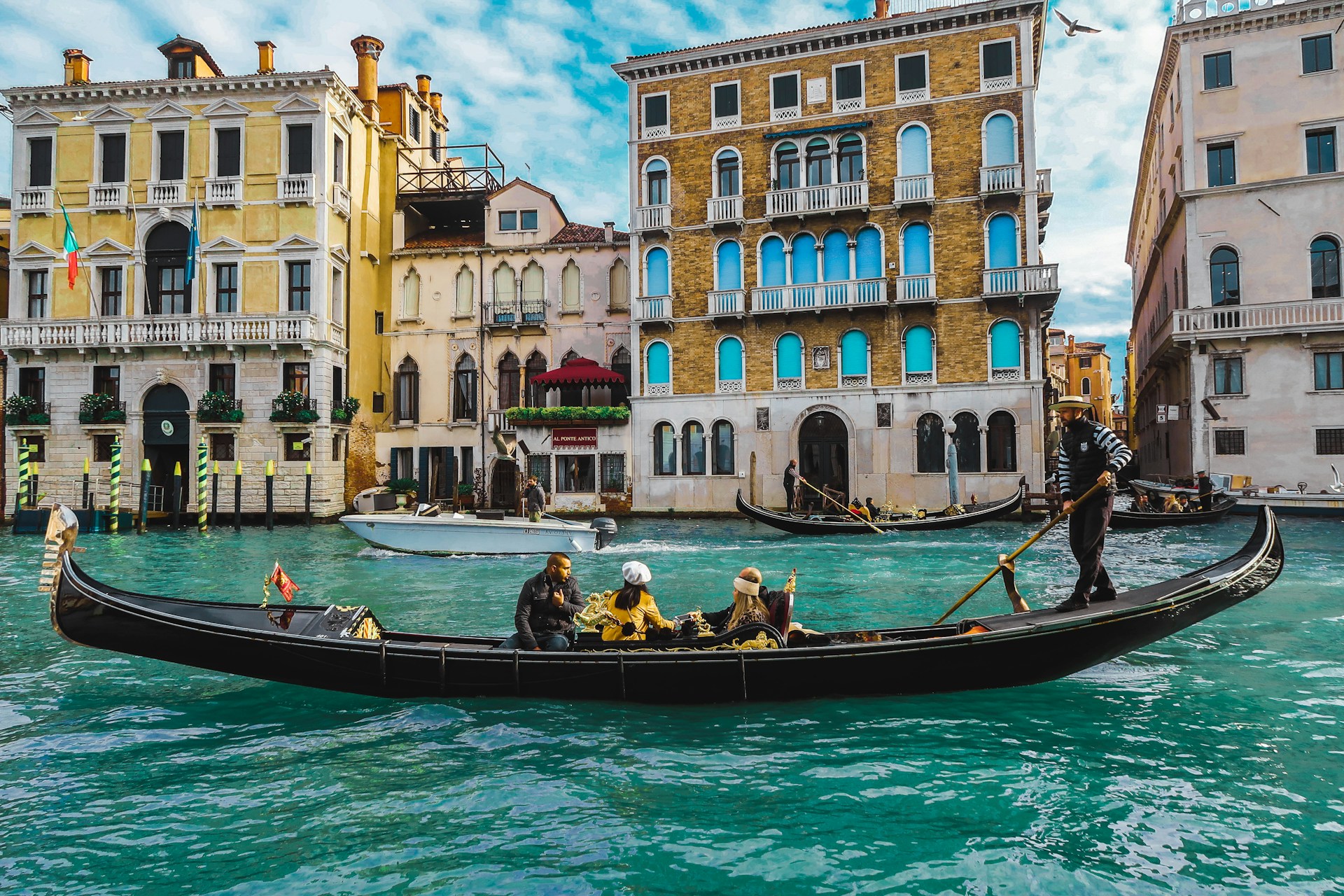
Venice now charges most same-day visitors on select peak dates, aiming to deter quick in-and-out trips that clog Rialto bridges and narrow lanes. Group sizes face stricter limits, while noise rules help neighborhoods reclaim some calm. Longer stays still thrive as travelers spread out to lesser-known sestieri, visit islands beyond Burano, and book entries in advance. The payoff is fewer crush points, steadier local business, and a chance to hear oarstrokes carry across the lagoon at dusk.
Mount Fuji, Japan

Mount Fuji’s main season brings daily trail caps and a mandatory fee on popular routes to curb litter, midnight rushes, and risky bullet climbs. Bookings steer hikers into saner start times, while hut operators and wardens manage flows at the 5th Station gates. The rules protect delicate cinders and alpine flowers scoured by boot traffic each summer. Those who accept an early curfew and measured pace discover star fields, quiet switchbacks, and sunrise bands painting Kanto in pastel.
Barcelona, Spain

Barcelona is turning the screws on overtourism by raising visitor taxes and phasing out tourist apartment licenses, a housing lifeline for residents squeezed by short lets. Beach districts and the Gothic Quarter feel the shift first as enforcement tightens and late-night noise draws new scrutiny. Hotels still book up, but momentum favors quieter neighborhoods and shoulder seasons. Travelers who plan ahead find calmer mornings at Sant Pau, truer tapas in Gràcia, and more honest space in markets.
Kyoto’s Gion, Japan
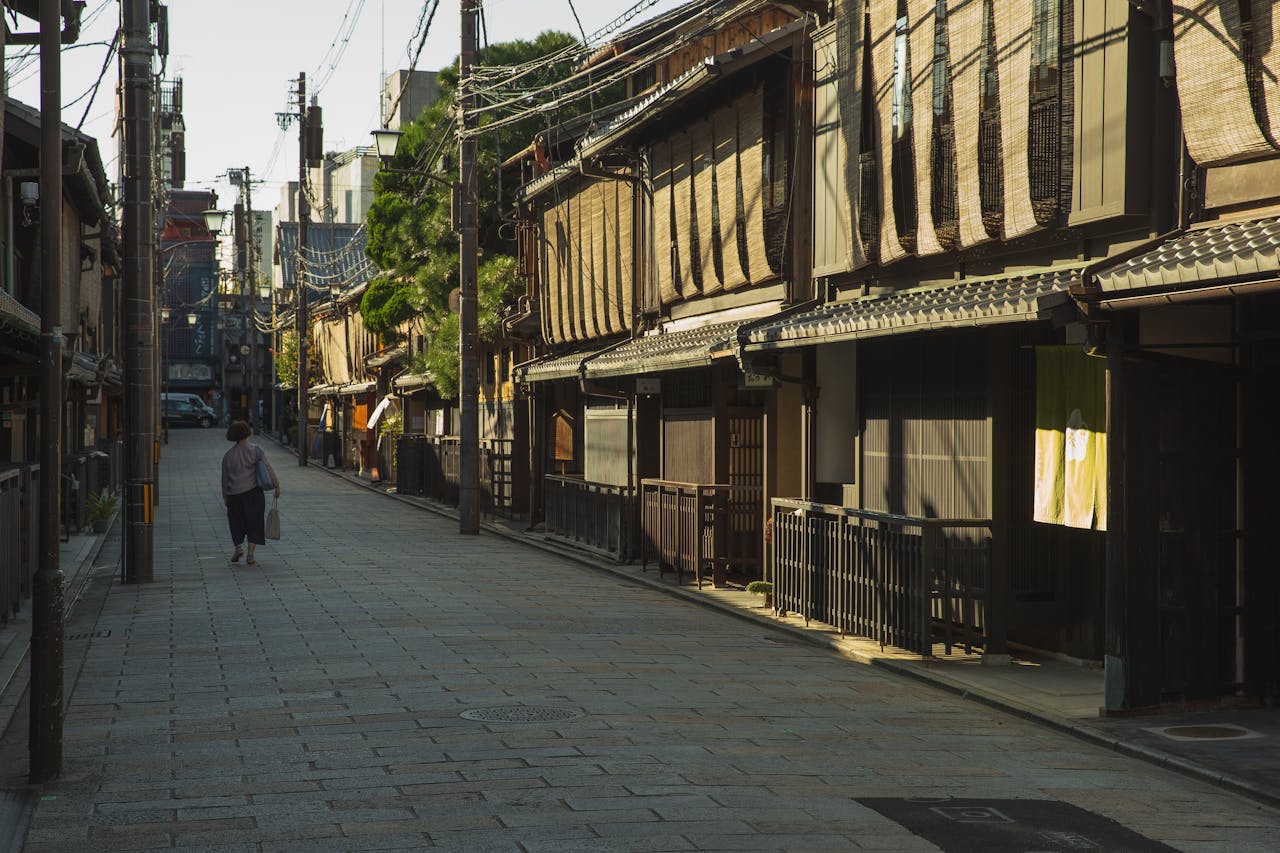
Private alleys in Gion are now off-limits after years of crowding and intrusive behavior toward geiko and maiko on their way to teahouses. Public streets remain open, yet signage and fines back residents’ right to move in peace. The boundary is clear and respectful, not punitive. Culture thrives when performers are not cornered for photos, and visitors witness ceremony rather than disrupt it. Lantern light, clacking geta, cedar scent in the air: it all lands with new quiet.
Cinque Terre, Italy
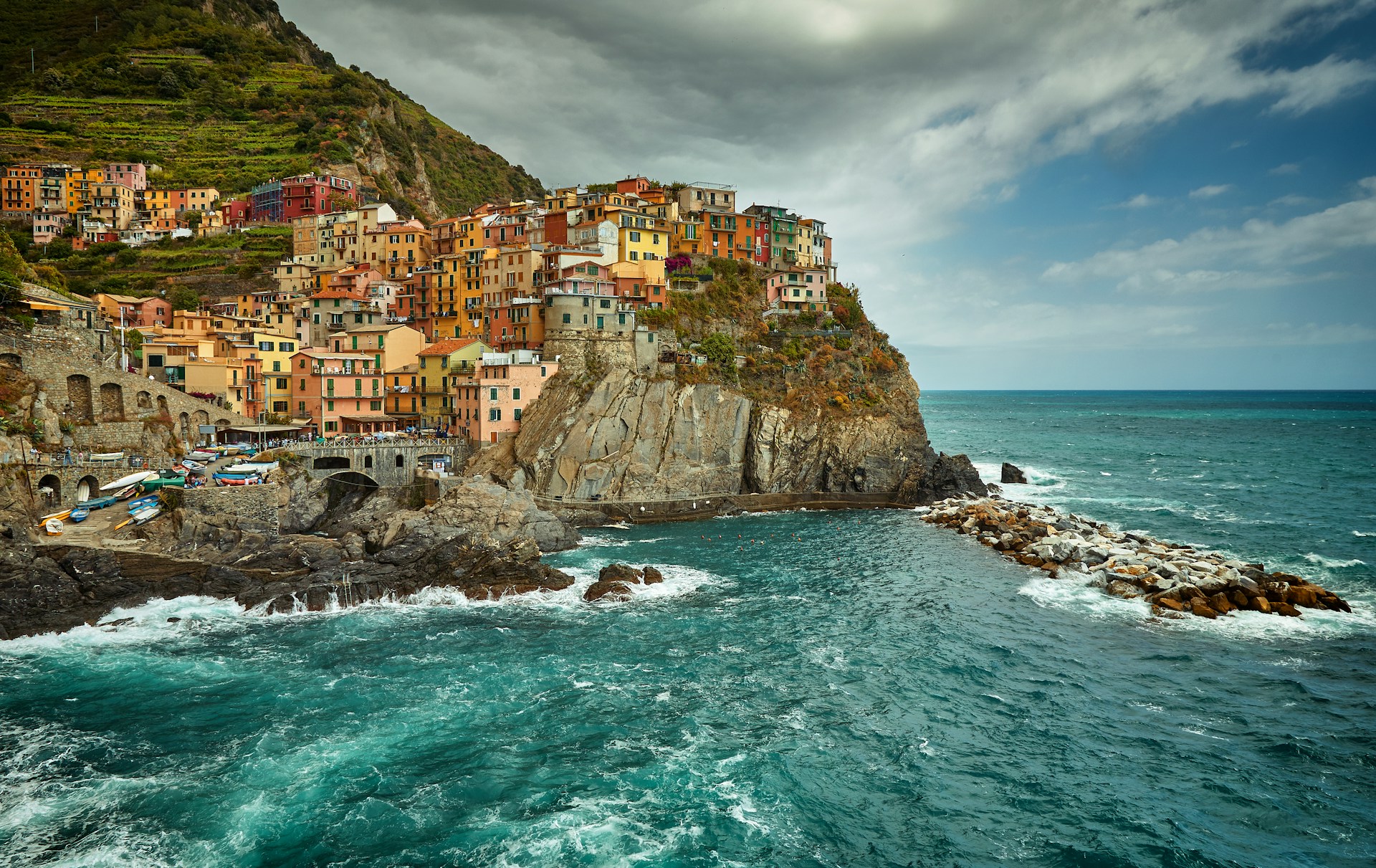
The Via dell’Amore between Riomaggiore and Manarola returns with timed slots, a modest supplement, and one-way traffic during pressure hours. Rangers check footwear and crowd flow, protecting cliffside stonework and terraced vines that define the coast. Trains still knit the five villages together, steering walkers toward shaded stairways and lesser-known mule paths. The romance holds when footfalls slow and sea spray carries up the rock. Sunset comes, the line thins, and pastel homes glow like embers.
Svalbard, Norway

Rules across Svalbard tighten around landings, drone use, and group sizes to keep polar bears undisturbed and nesting birds at peace. Expedition leaders now stick to designated sites, and smaller passenger counts shape the rhythm ashore. The Arctic does not shout for attention; it rewards observation. Ice edges fracture with soft thunder, fox tracks doodle across snow, and old mining relics weather back into tundra. Careful limits keep the silence whole and the wildlife in charge.
Amalfi Coast, Italy
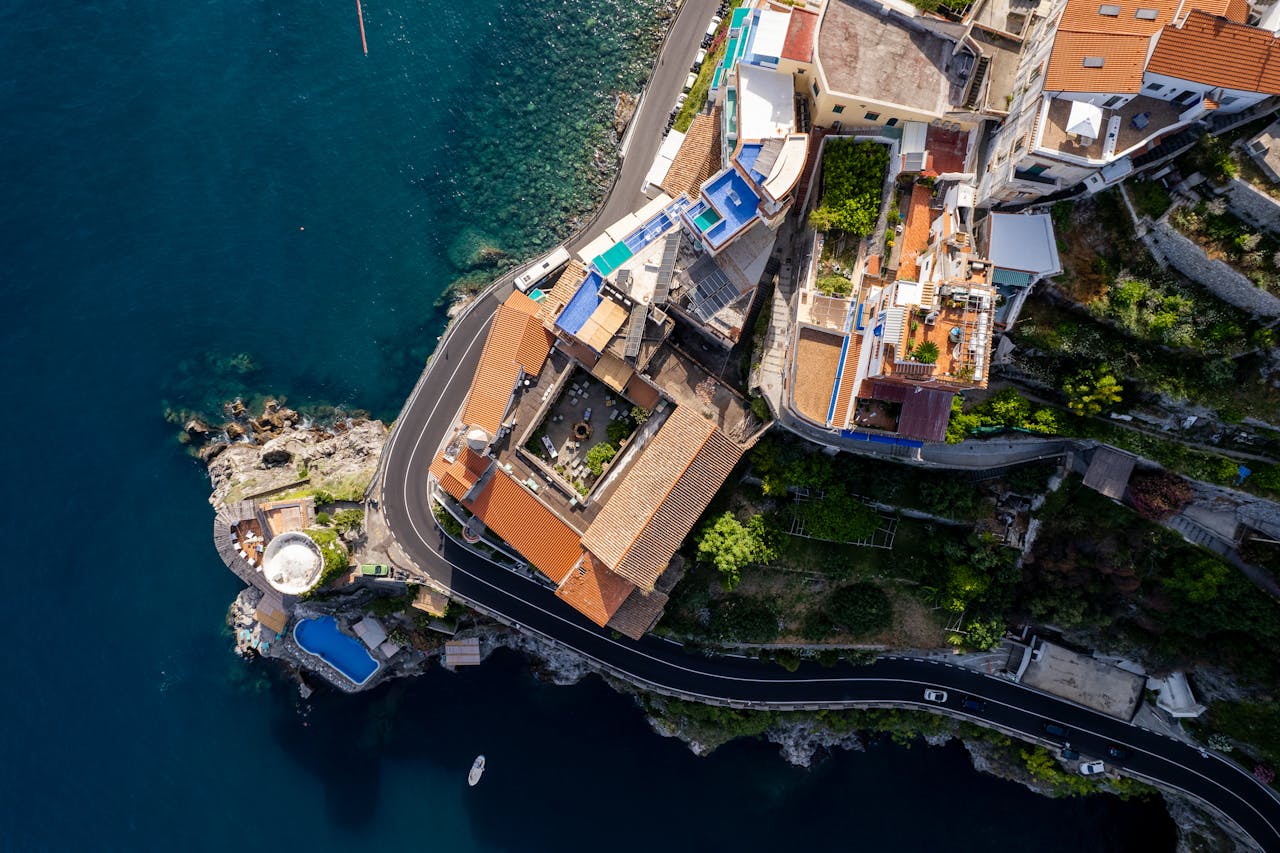
Odd-even license-plate days on peak dates keep the cliff roads from buckling under traffic, with nonresident cars barred in alternating windows. Hotel confirmations can offer exceptions, but the message is plain: buses, boats, and early starts define a sane plan. The coast breathes when midday logjams thin and curves carry only the sound of scooters, gulls, and distant surf. Ferries stitch Positano to Cetara, and lemon groves finally smell like lemon again, not hot brakes.
Maya Bay, Thailand
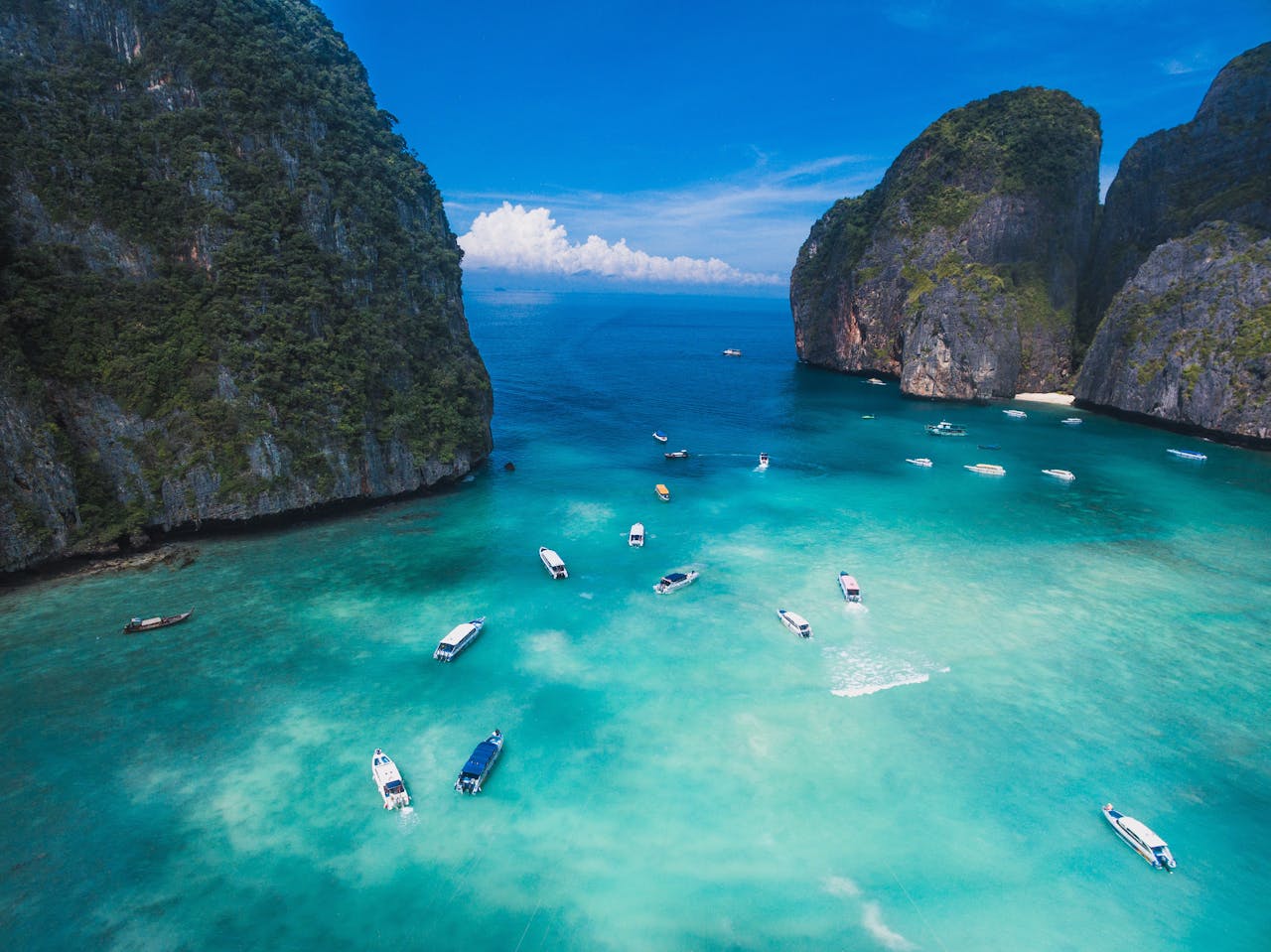
Maya Bay’s pattern of seasonal closures and timed entries gives corals and blacktip reef sharks a fighting chance. Boat engines remain at a distance, swimmers follow set lines, and rangers manage beach counts hour by hour. The water clears when anchors stop chewing the seabed and sunscreen clouds fade. On good days the bay looks like the postcards promised, only quieter. Leaving with nothing but salt on skin and a smaller wake is the whole point.
Dubrovnik, Croatia
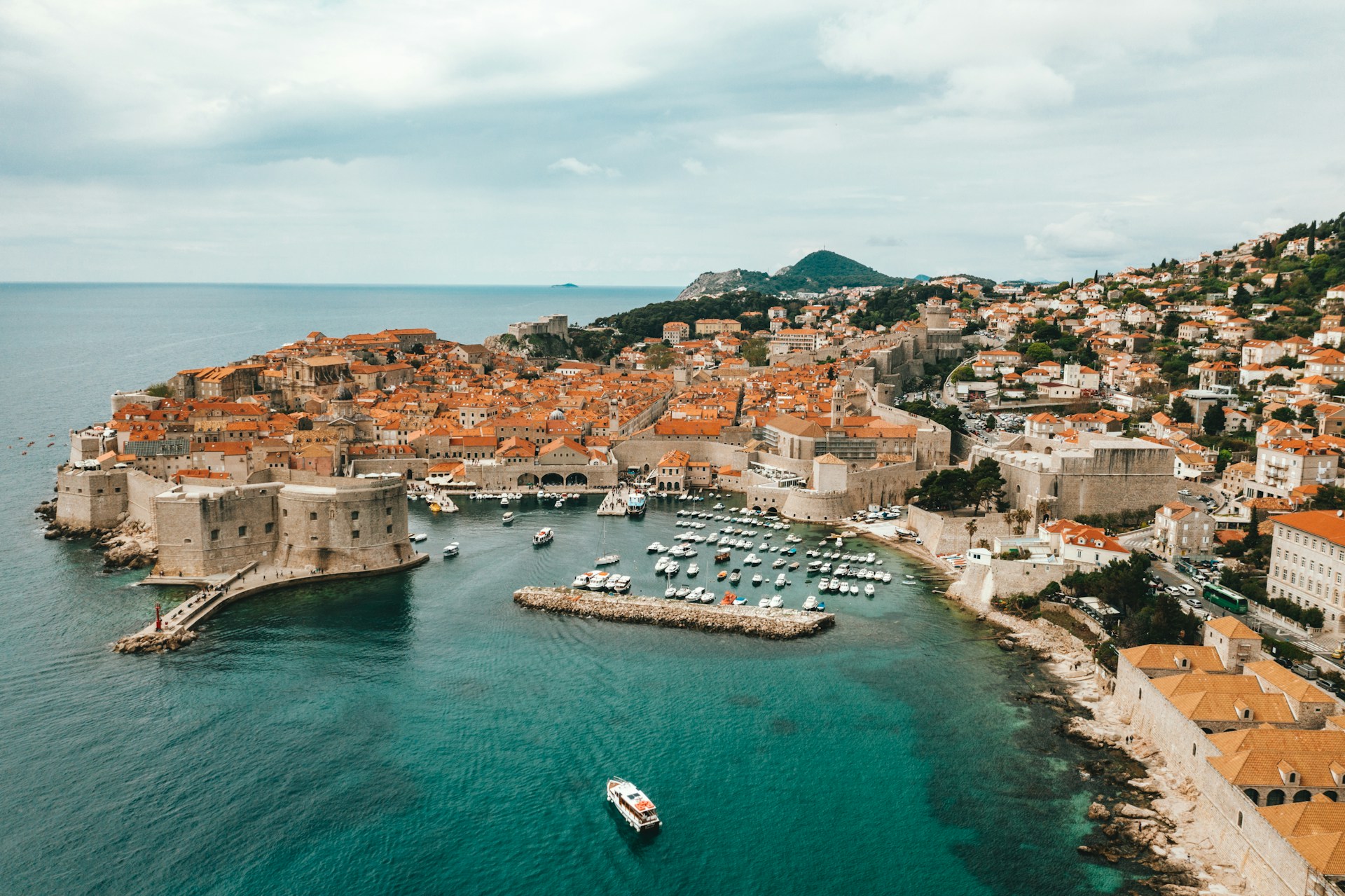
Cruise calls are capped and staggered so Old Town can breathe between wavelets of arrivals. Two ships on a tight schedule keep the Stradun walkable, museum lines honest, and stone stairs free of endless conga lines. Smaller vessels and smarter shore plans now beat the rush. When the noon crush eases, swallows thread the alleys and shadows glide across polished limestone. The city’s drama returns to the walls, not the traffic at the gates.
Galápagos, Ecuador
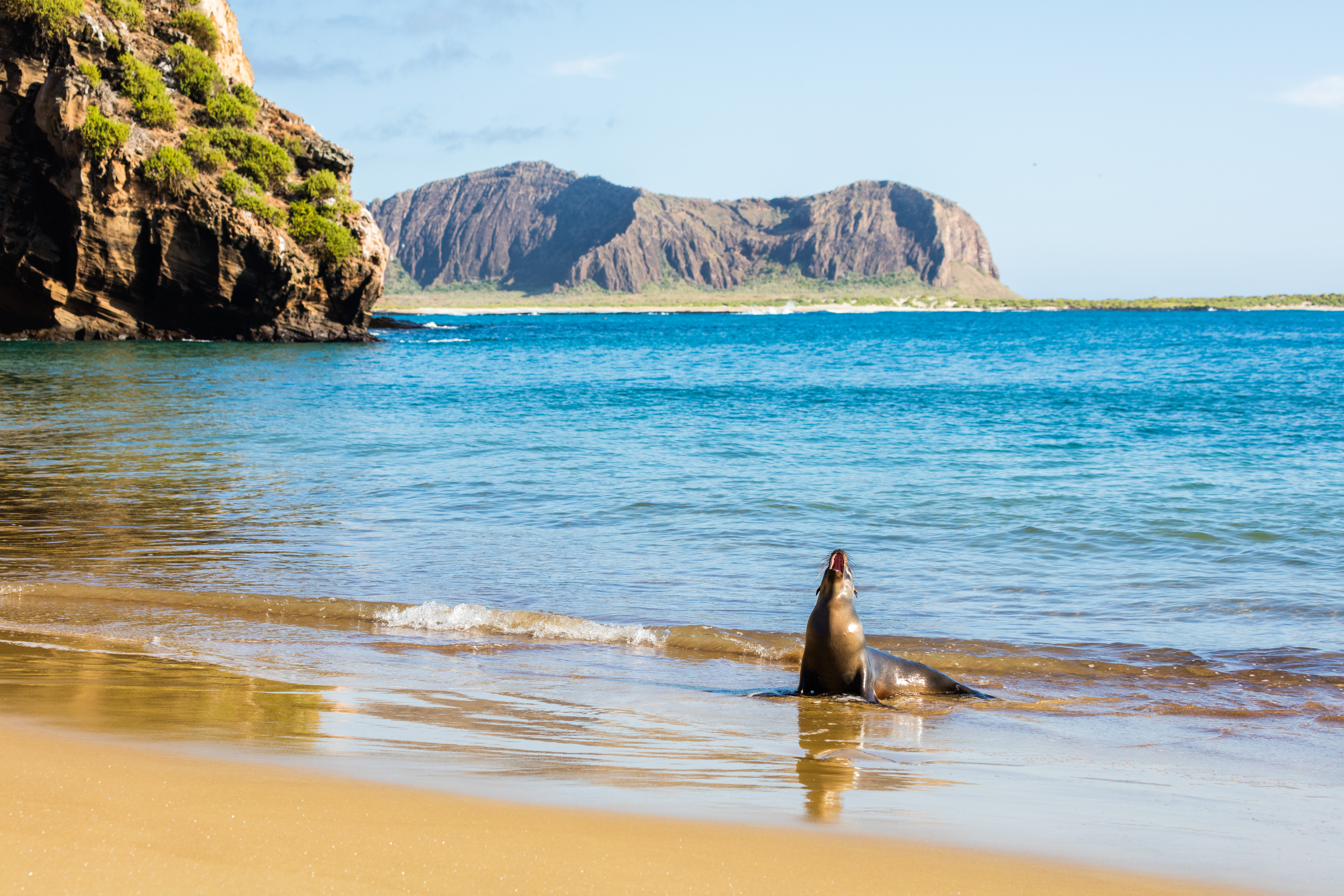
The park runs on permits, guided routes, and strict luggage checks that block invasive seeds and insects from hitching a ride. Boats follow assigned loops to spread landings, protect marine nurseries, and ease the burden on nesting shores. Requirements can feel fussy until a blue-footed booby courts on an arm’s length of lava or a sea lion yawns under the zodiac. Rules disappear in the moment, and the islands feel like they belong to themselves again.
Machu Picchu, Peru
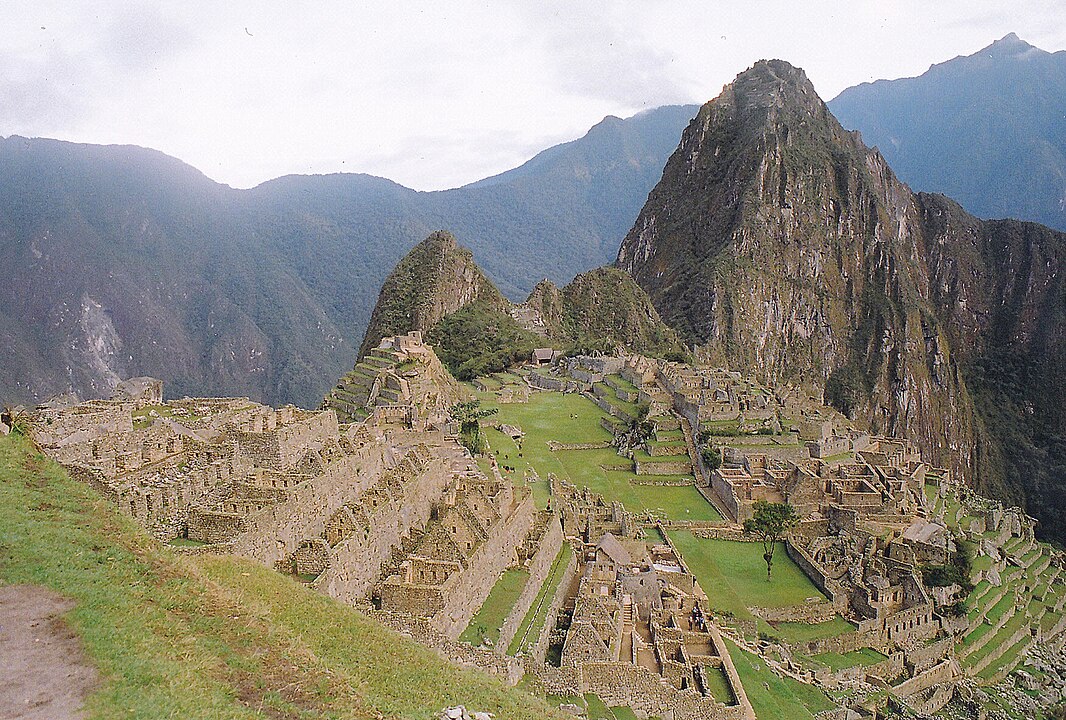
Timed tickets and set circuits keep terraces from drowning under midday crowds, while seasonal caps reflect trail conditions and local capacity. Morning slots still shimmer with mist, and afternoon light warms the stones into honey. Logistics demand patience, but the feeling at the Intihuatana or the Guardhouse stays unshaken. Stone meets cloud, and the river writes its long line below. A measured pace gives the citadel the silence it has earned for six centuries.
Hallstatt, Austria
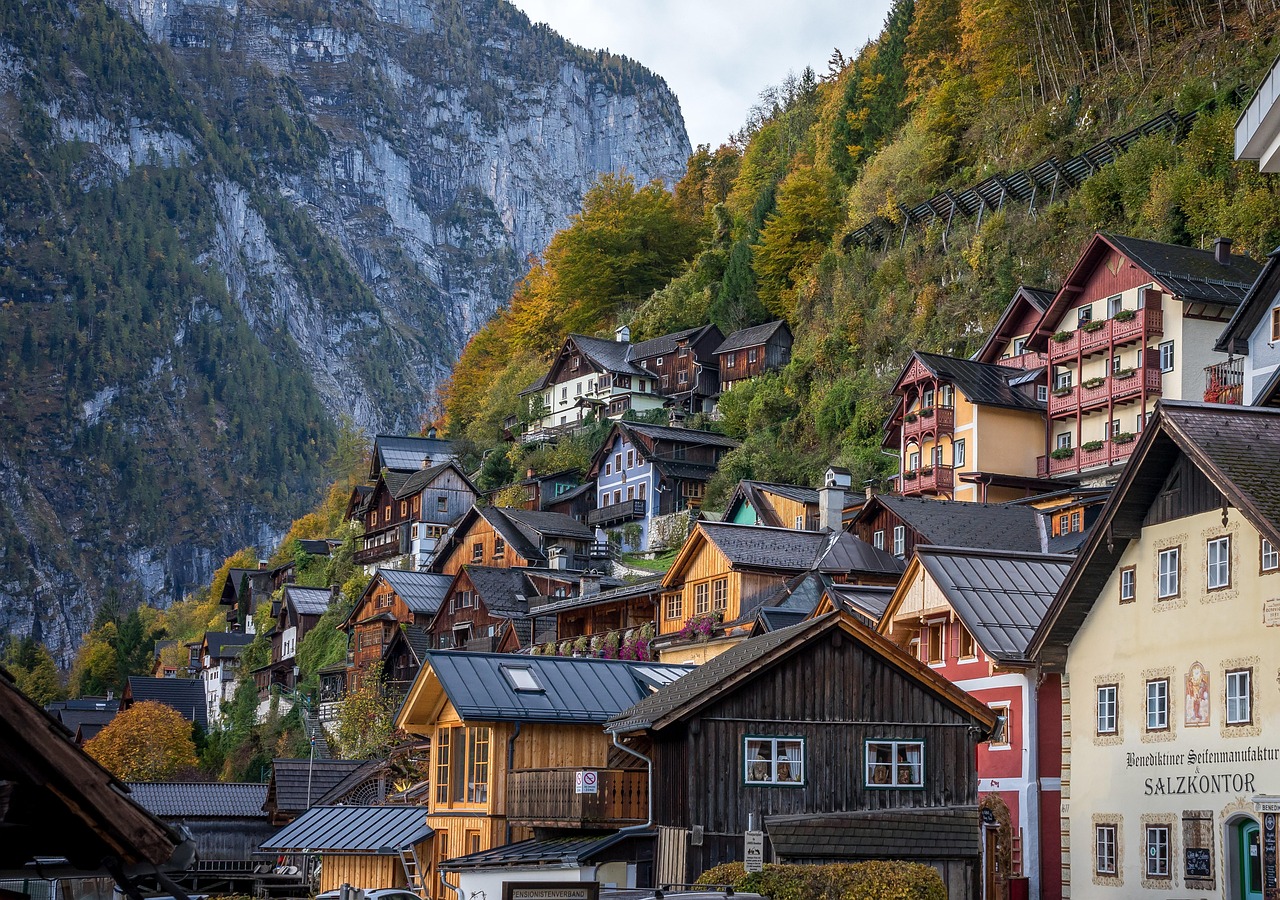
Hallstatt wrestles with viral fame by tightening coach access, exploring reservation tools, and refocusing on livability for a small lakeside community. When bus windows ease, lanes turn back into lanes, and viewpoints no longer feel like a stage. Alpine quiet returns in ripples: oars creak, bell chimes climb the shore, and wood smoke hangs over steep roofs. The village works best when the lake sets the tempo and not a timetable on a clipboard.
French Polynesia

Lagoon ecosystems around Bora Bora and neighboring isles benefit from limits on very large ships and closer control of daily tender counts. Small-ship itineraries and mooring rules protect coral heads and shift value toward longer, deeper stays. The water remains the headline, only with fewer prop scars and better odds of manta silhouettes passing under the hull. Pearl farms, reef nurseries, and village lunches round out a slower rhythm that still feels like paradise.
